For fans of the original Fioriam, this short, story-driven RPG sequel dives deep into the aftermath of Mumu’s return—unfolding a tale of trauma, longing, and redemption. Play as both Mikami (fighting to escape captivity) and Mumu (grappling with guilt in the fairy realm), with adult scenes that amplify the emotional stakes. Designed for players invested in the series’ lore, it’s a raw, character-focused journey to the series’ true ending.
A Sequel Built for Devotees: Connecting to Fioriam’s Legacy
This isn’t a standalone story—it’s a chapter only makes sense if you’ve played the original Fioriam. The game picks up immediately after Mumu’s long-awaited return, bridging gaps between the first game’s events and its final “true ending.” New details about Mumu’s time away, Mikami’s unresolved pain, and the fairy realm’s hidden politics are woven into every scene, rewarding loyal fans with deeper lore. Even minor characters from the original (like a recurring forest spirit or a rival healer) reappear, their fates tied to Mikami and Mumu’s choices.
What makes this sequel essential for series fans:
1. Lore Payoffs: Answers to lingering questions from Fioriam—why Mumu left, what the fairy realm truly wants with Mikami, and the origin of the “heart stone” that bound them—are finally revealed.
2. Emotional Continuity: Mikami’s trauma isn’t glossed over; her fear, anger, and fragile hope mirror her state at the end of the first game, making her growth feel earned.
3. Mumu’s Redemption Arc: The fairy’s guilt over past mistakes (and his role in Mikami’s suffering) drives his every action, adding layers to his once-mysterious personality.
Dual Perspectives: Pain, Guilt, and Unbreakable Bonds
Fioriam’s strength lies in its dual narrative: one half follows Mikami’s desperate struggle for freedom, the other peeks into Mumu’s tormented world.
1. Mikami’s Survival: Kidnapped by shadowy figures, Mikami fights not just to escape physical harm but to reclaim her agency. Her perspective is raw and visceral—shaky camera angles during chases, muffled dialogue during assaults, and a heartbeat soundtrack that spikes with every threat. Every choice (to fight back, to feign compliance) affects her chances of survival… and her mental state.
2. Mumu’s Anguish: In the fairy realm, Mumu is torn between his duty to protect Mikami and his own grief over hurting her. Scenes show him pacing his moss-covered cottage, speaking to a faded portrait of her, or arguing with the realm’s ruler (a being he once trusted). His internal conflict is rendered through haunting visuals—glowing cracks in his wings, shadows that twist into Mikami’s face.
3. Interwoven Fates: The two perspectives aren’t separate—they’re connected. A choice Mikami makes (like hiding a key item) might unlock a memory Mumu needs, while Mumu’s actions (seeking forbidden magic) could alter the outcome of Mikami’s escape.
Adult Content: Raw, Unflinching, and Story-Driven
Fioriam’s adult scenes are central to its narrative—they’re not just “content” but tools to explore trauma, power, and connection.
What to expect:
1. Focus on Non-Consensual Dynamics: The majority of explicit scenes depict Mikami’s captivity, with a clear emphasis on her lack of agency. These moments are unsoftened—rough dialogue, jarring sound effects, and minimal clothing (most scenes are fully nude) emphasize the horror of her situation.
2. Contextual Nudity: Even non-explicit scenes (like Mikami recovering in a safe house or Mumu reflecting in a moonlit pond) often feature partial or full nudity, reinforcing themes of vulnerability and exposure.
3. Symbolic Visuals: A handful of scenes use cross-sectional diagrams (e.g., Mikami’s body tense with fear, Mumu’s wings fraying at the edges) to externalize internal pain—turning abstract emotions into tangible, haunting imagery.



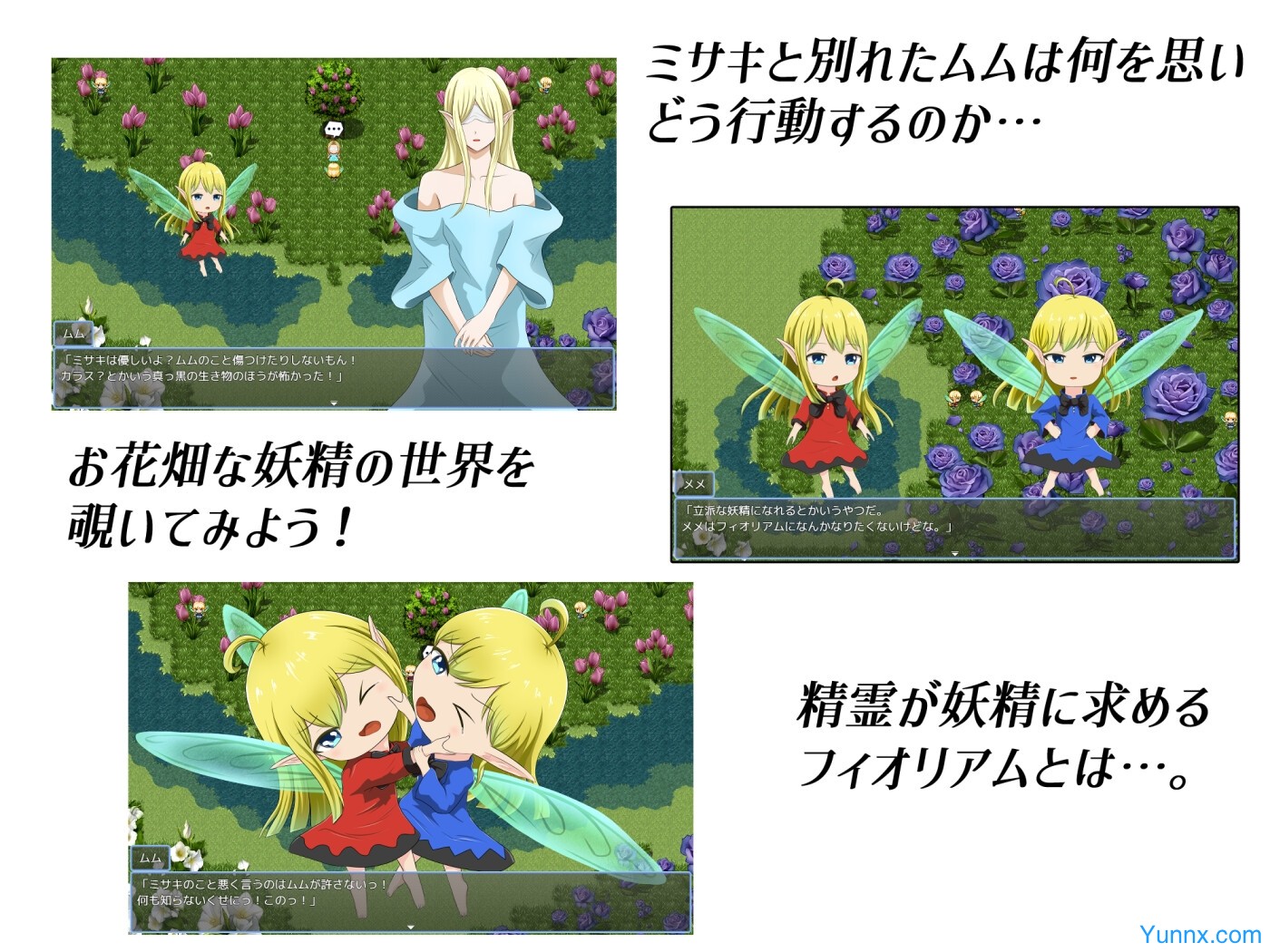
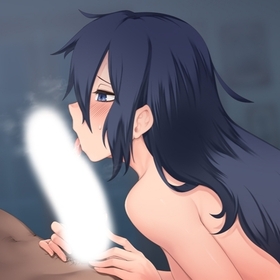




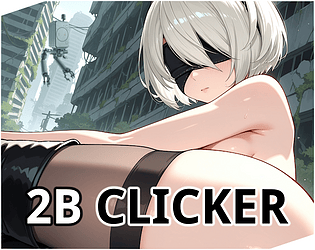
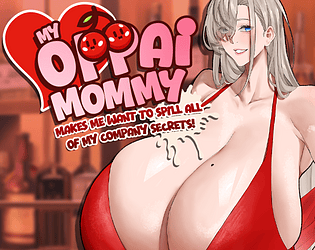



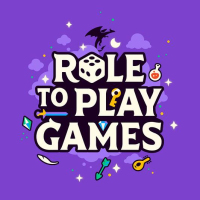





Preview: